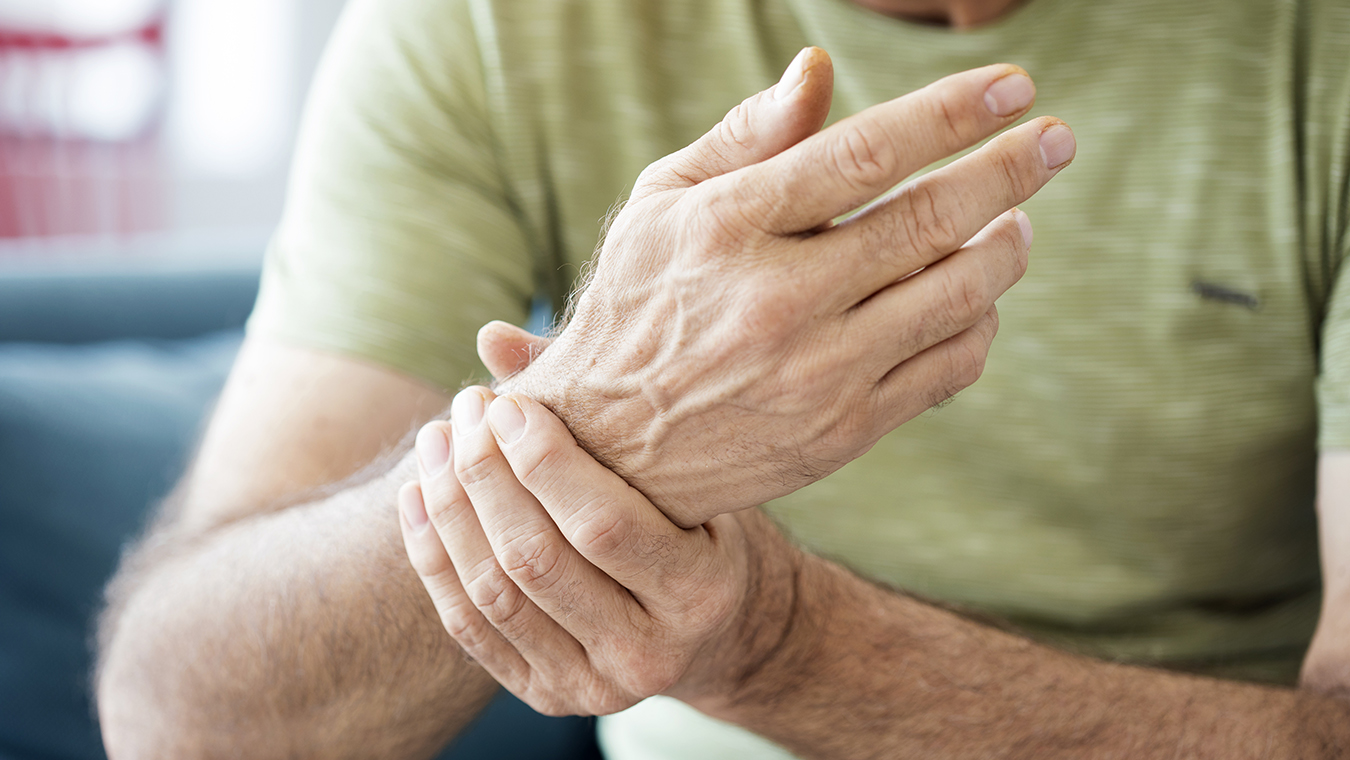TOLL FREE:
1-866-611-2665

Home WHAT IS OSTEOARTHRITIS?
Nearly five million Canadians, or one in six, are affected by osteoarthritis – a disease of the whole joint that leads to the breakdown of joint cartilage and the underlying bone. It is the most common form of arthritis and affects more Canadians than all other forms of arthritis combined.
In normal joints, cartilage – the tough elastic material that covers and protects the ends of bones – acts as a cushion and provides a smooth, gliding surface for joint motion. Osteoarthritis causes the cartilage to breakdown, leading to pain, swelling, and problems moving the joint. As it worsens over time, the cartilage wears away and bone rubs against bone, causing joint damage and increased pain.
Osteoarthritis (OA) is sometimes described as degenerative or “wear-and-tear” arthritis, but recent studies more accurately describe it as a result of the body’s failed attempt to repair damaged joint tissues. It usually progresses slowly over months or years and early symptoms tend to come and go. As damage accumulates, symptoms can become more constant, occurring at rest and disturbing sleep. There is currently no cure for OA, but symptoms can improve with treatment.
The joints most commonly affected by OA are the knees, hips, first toes, wrists, thumbs, fingers, and spine. This disease affects everyone differently and depends on which joints are affected and how severely, but common symptoms include joint pain, stiffness, swelling, clicking or cracking sounds when joints bend, and reduced range of movement in the affected joints.
For most people OA can occur when otherwise healthy joints are exposed to heavy workloads over a long period of time. However, there are also a number of risk factors that may increase your chances of developing OA:
Osteoarthritis is a chronic (long-term) disease and, although there is no cure, treatment can help reduce your symptoms and make it possible for you to lead a full and active life. In most cases, you can manage mild to moderate arthritis symptoms for many years with a treatment plan that may include:
If the pain and stiffness from arthritis don’t improve or worsen, your doctor may recommend pain management procedures, opioid pain medication, or, if the pain is debilitating, surgery.
For more information on your treatment options, please speak to your health care practitioner.
REFERENCES
Arthritis Foundation (2022) “Osteoarthritis.” www.arthritis.org. Accessed January 10, 2022.
Arthritis Society Canada (2022) “Osteoarthritis.” www.arthritis.ca. Accessed January 10, 2022.
Healthwise Staff (2021) “Osteoarthritis.” www.myhealth.alberta.ca. Accessed January 10, 2022.
Our Refresh newsletter delivers the latest medical news, expert insights, and practical tips straight to your inbox, empowering you with knowledge to enhance patient care and stay informed.
By subscribing to our newsletter you understand and accept that we may share your information with vendors or other third parties who perform services on our behalf. The personal information collected may be stored, processed, and transferred to a country or region outside of Quebec.
Please read our privacy policy for more details.